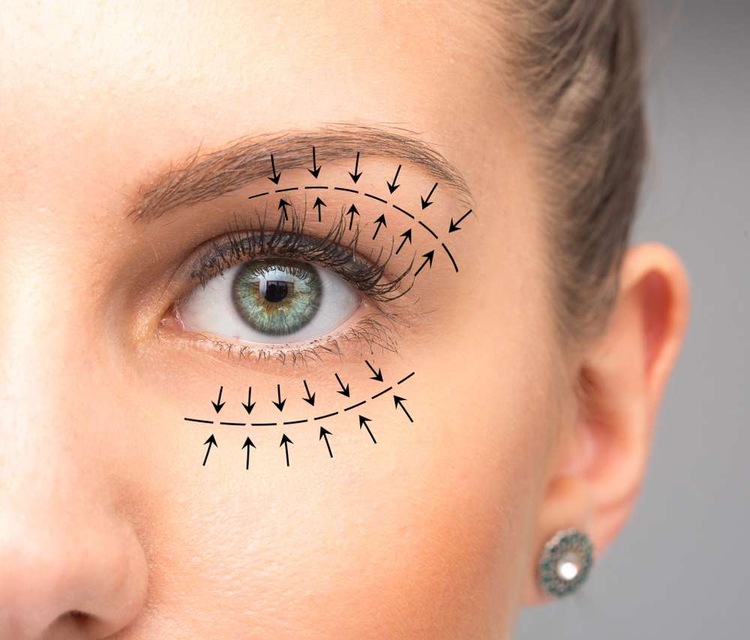Unraveling the Science Behind Eye Bags and Hair Transplant
Healthy skin and hair are essential components of our physical appearance and play a crucial role in our overall well-being. This article dives into two diverse yet interrelated topics in skin and hair care - under-eye bags and hair transplants. We will explore the causes and treatments of under-eye bags and the process of hair transplantation while highlighting the historical context, current trends, and unique insights surrounding these topics.

Understanding Under-Eye Bags: Causes and Treatments
Eye bags, medically known as periorbital puffiness, are a common sign of aging and are typically caused by fluid accumulation in the space below the eyes. This condition can also be exacerbated by factors such as genetics, allergies, and lifestyle habits, including alcohol consumption and lack of sleep. Historically, eye bags were often concealed with makeup or accepted as an unavoidable part of aging. However, advances in skincare technology over the years have introduced a variety of treatments to reduce their appearance.
Topical creams containing ingredients like caffeine, which constricts blood vessels, and retinol, known for its collagen-boosting properties, are commonly used. In recent years, non-surgical treatments such as dermal fillers and radiofrequency tightening have also gained popularity. These treatments work by injecting or stimulating the production of collagen and elastin, the proteins responsible for skin elasticity, thereby reducing the appearance of eye bags.
Current Relevance and Impact of Under-Eye Bags
In today’s appearance-conscious society, under-eye bags can significantly impact an individual’s self-esteem and mental health. A study published in the Journal of Cosmetic Dermatology in 2018 revealed that individuals with under-eye bags were perceived as older and more tired, leading to negative first impressions. This has fueled the demand for under-eye treatments, leading to the development of innovative solutions like the aforementioned dermal fillers and radiofrequency tightening.
Hair Transplant: A Snapshot of the Process
While under-eye bags deal with skin health, hair transplant relates to hair care. Hair transplant is a surgical procedure that involves moving hair follicles from one part of the body (donor site) to a bald or balding part (recipient site). This procedure was first introduced in the 1950s by a dermatologist named Dr. Norman Orentreich, who discovered that hair follicles transplanted from the back of the head to the front retained their genetic resistance to baldness.
Modern hair transplant techniques, such as Follicular Unit Extraction (FUE) and Follicular Unit Transplantation (FUT), have been developed to create a natural-looking hairline with minimal scarring. These techniques involve transplanting individual hair follicles or a strip of skin containing multiple follicles, respectively.
Hair Transplant: Impact and Reception
The psychological impact of hair loss is well-documented, with research indicating that it can lead to lower self-esteem, anxiety, and depression. As such, hair transplants have become a sought-after solution for those struggling with hair loss, particularly male pattern baldness.
The reception towards hair transplant has evolved significantly over the decades. Once stigmatized and considered a taboo, it is now widely accepted thanks to high-profile figures openly undergoing the procedure and the increasing public awareness about hair loss conditions.
Unique Insights into Eye Bags and Hair Transplant
While under-eye bags and hair transplants may seem distinct, they share a common thread - the pursuit of youthful appearance and self-confidence. However, it’s essential to remember that these treatments are not without risks or side effects. Potential complications of hair transplants include infection, scarring, and unnatural-looking hair growth, while under-eye treatments can lead to skin irritation and, in rare cases, vision problems.
In conclusion, the world of skin and hair care is complex and ever-evolving, with continuous advances offering new solutions to age-old concerns. However, it’s important to approach these treatments with a balanced perspective, understanding the potential risks alongside the benefits.




